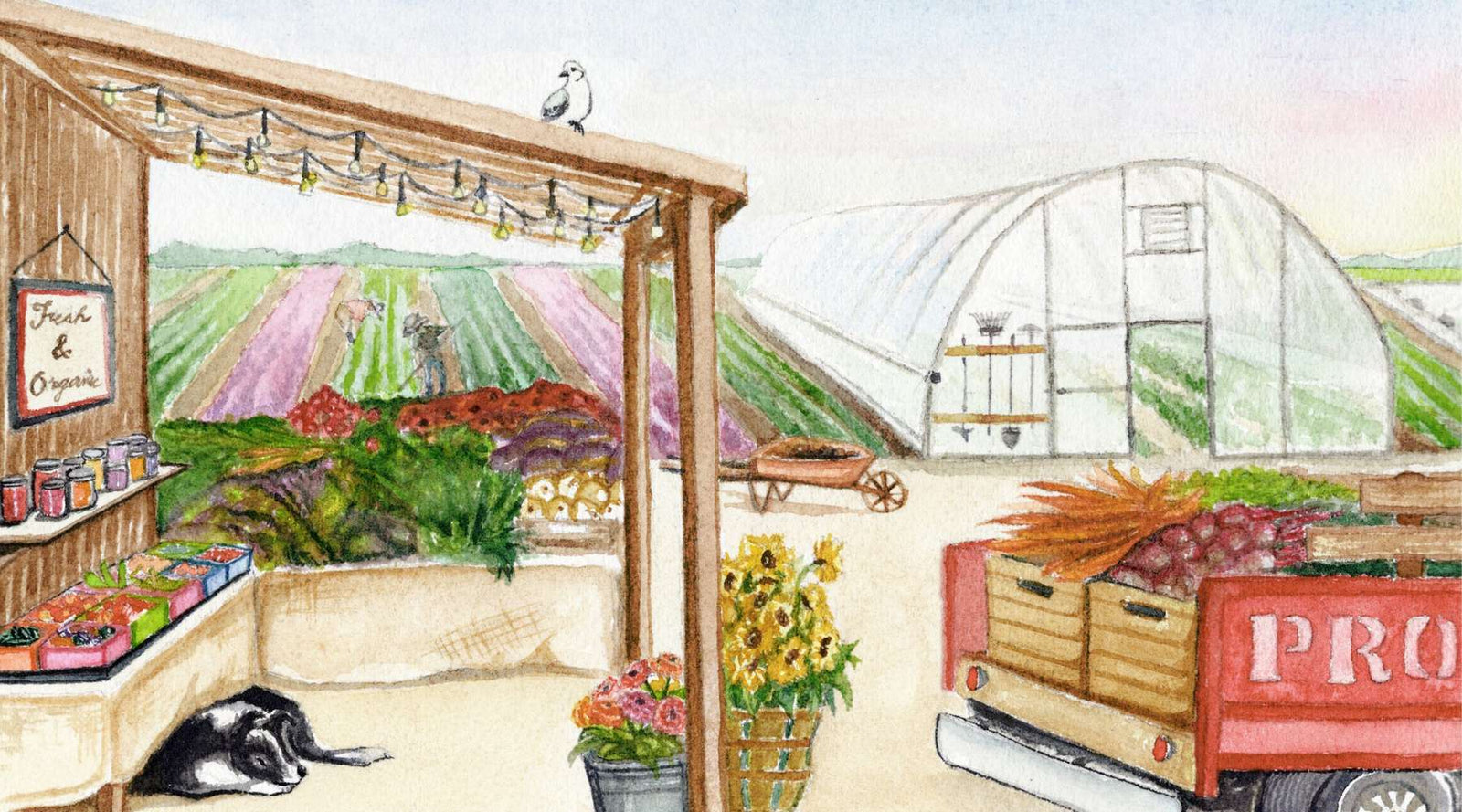
Market Gardening
Cultivate a successful market farm with tips from our farmer writers lending advice on everything from infrastructure to planning the harvest.
shop supplies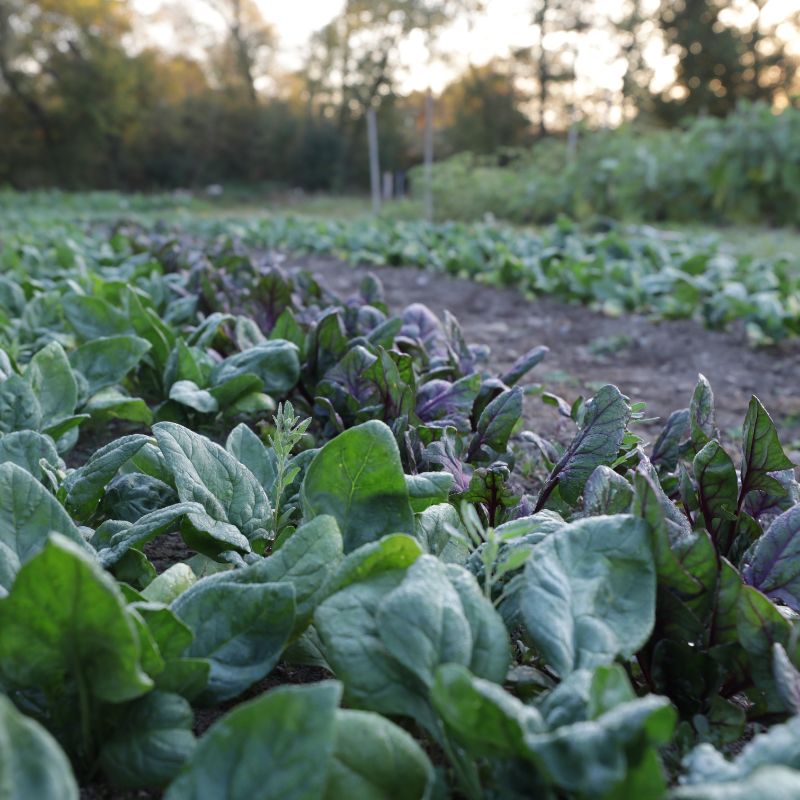
Market Gardening 101
Learn how to make money growing food and flowers with an acre or less! Discover the key steps to successfully starting a market garden, including going to farmers' markets, CSAs, building relationships in your local community, and more.
Market Gardening 101
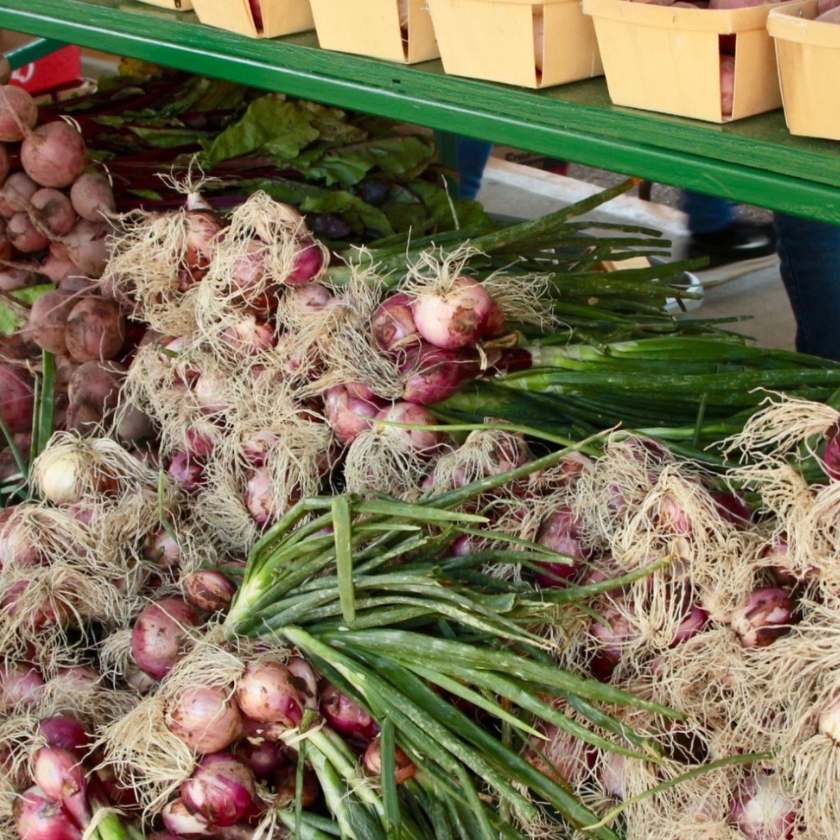
HOW TO START SELLING MARKET GARDEN PRODUCE
So you’ve gotten good at growing fruits and vegetables and want to be a part of your local food chain. Let’s discuss how you can make extra cash by selling your garden produce.
HOW TO START SELLING MARKET GARDEN PRODUCE
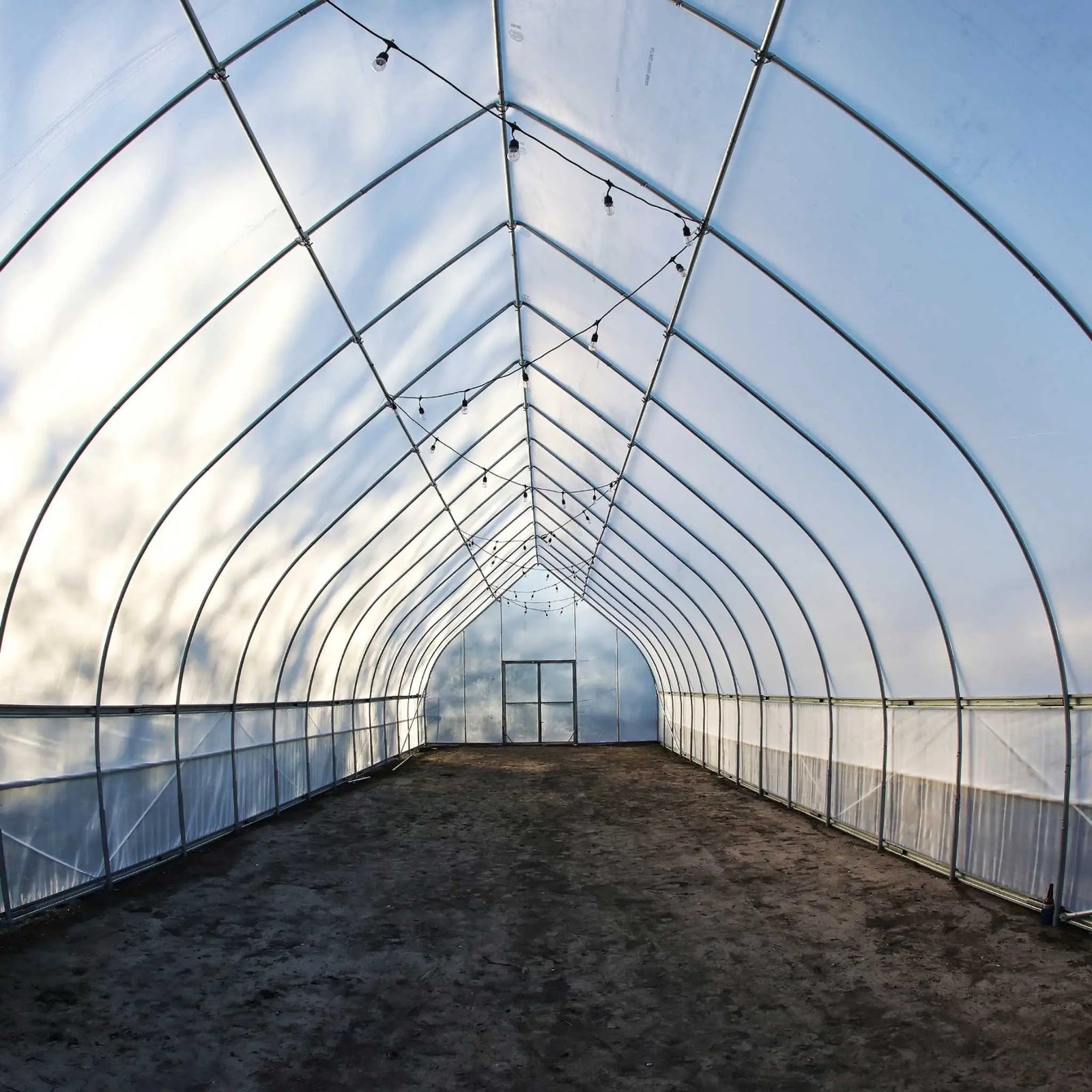
Prequel to Building Your First Hoop House
Learn what to know before you build a hoop house. Read about tools needed to build a hoop house and what to expect when building a hoop house style greenhouse. Check this out so you can be prepared for your hoop house build before your kit arrives.
Prequel to Building Your First Hoop House
Meet a Market Gardener
Jean-Martin Fortier has had a profound impact on market gardening by demonstrating that it is possible to create successful, profitable, and sustainable small-scale farms that prioritize environmental stewardship.
His practical insights and advocacy for ecologically sound farming practices continue to influence and inspire individuals in the field of sustainable agriculture.
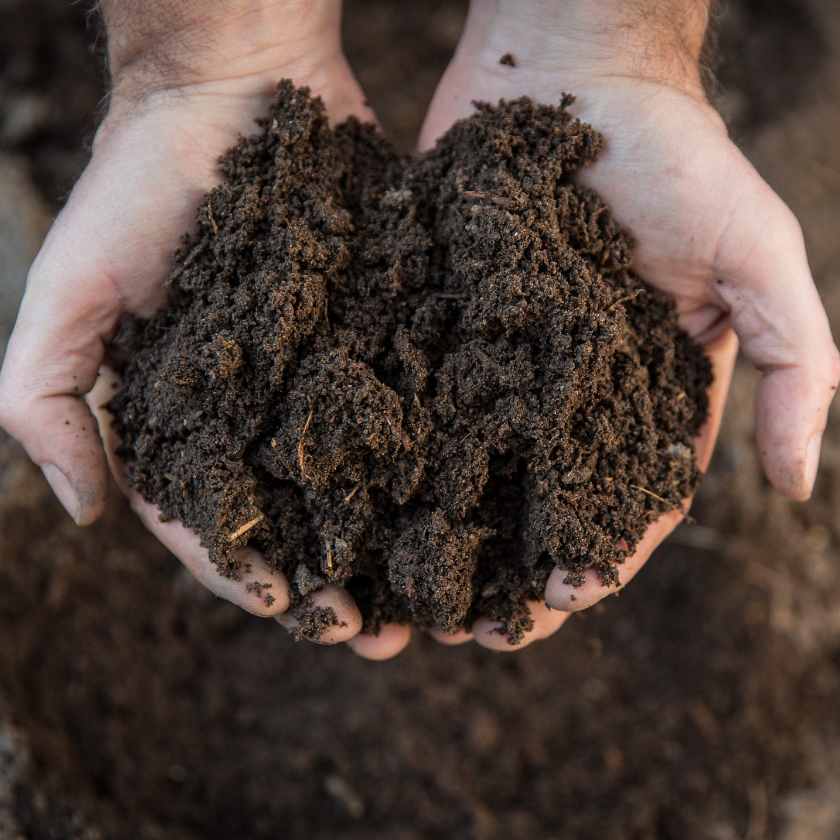
How to Determine the Texture of your soil
Whether you are planning to open up a new gardening space, or if you want more information about the soil you are already using, a mason jar test and a quick reference to the soil pyramid chart can give you a lot of information about your soil.
How to Determine the Texture of your soil
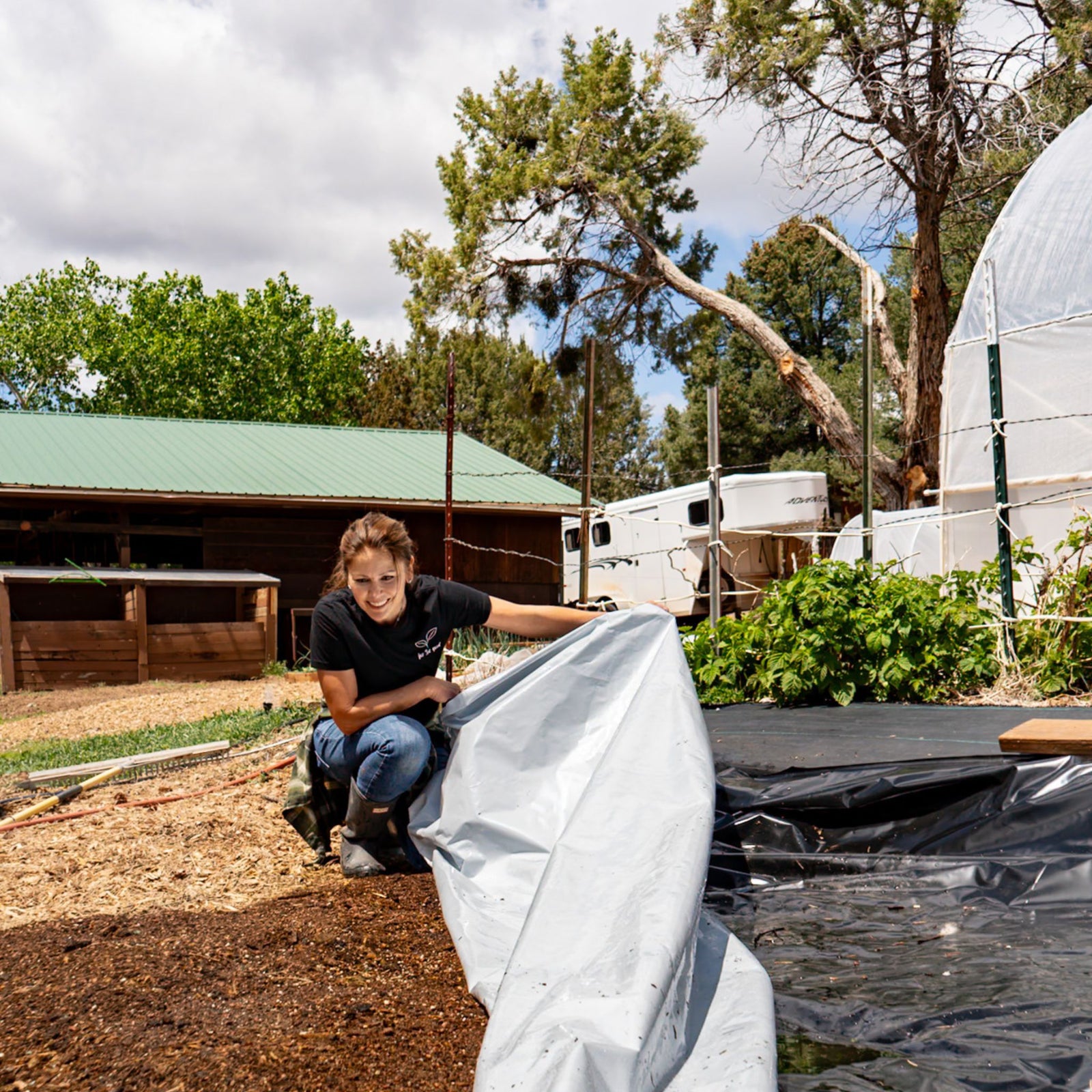
Silage Tarp for Organic Weed Control and Bed Prep
Silage tarps are very useful tools for the farm. Read this article to learn how to bed prep with silage tarps and other useful methods of weed control.
Silage Tarp for Organic Weed Control and Bed Prep
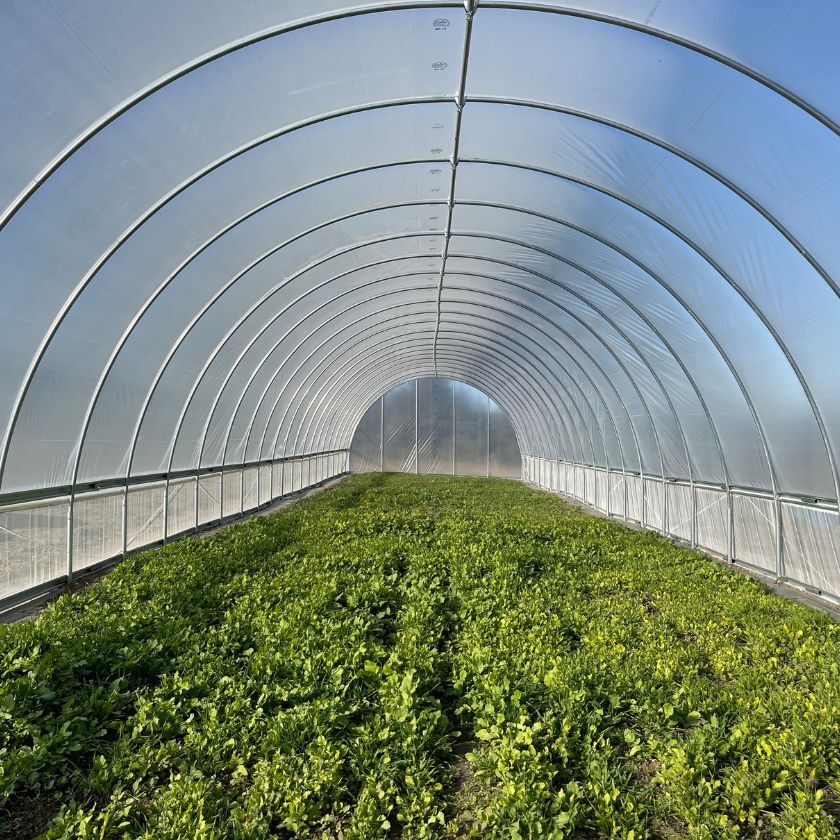
Cover Crops for Sucessful Land Management
After harvesting your garden vegetables, adding a fall cover crop can build soil, protect from soil loss, and assist in weed and pest control for the next growing season. Learn when to plant and how to manage cover crops for the maximum benefit of your growing space.
Cover Crops for Sucessful Land Management
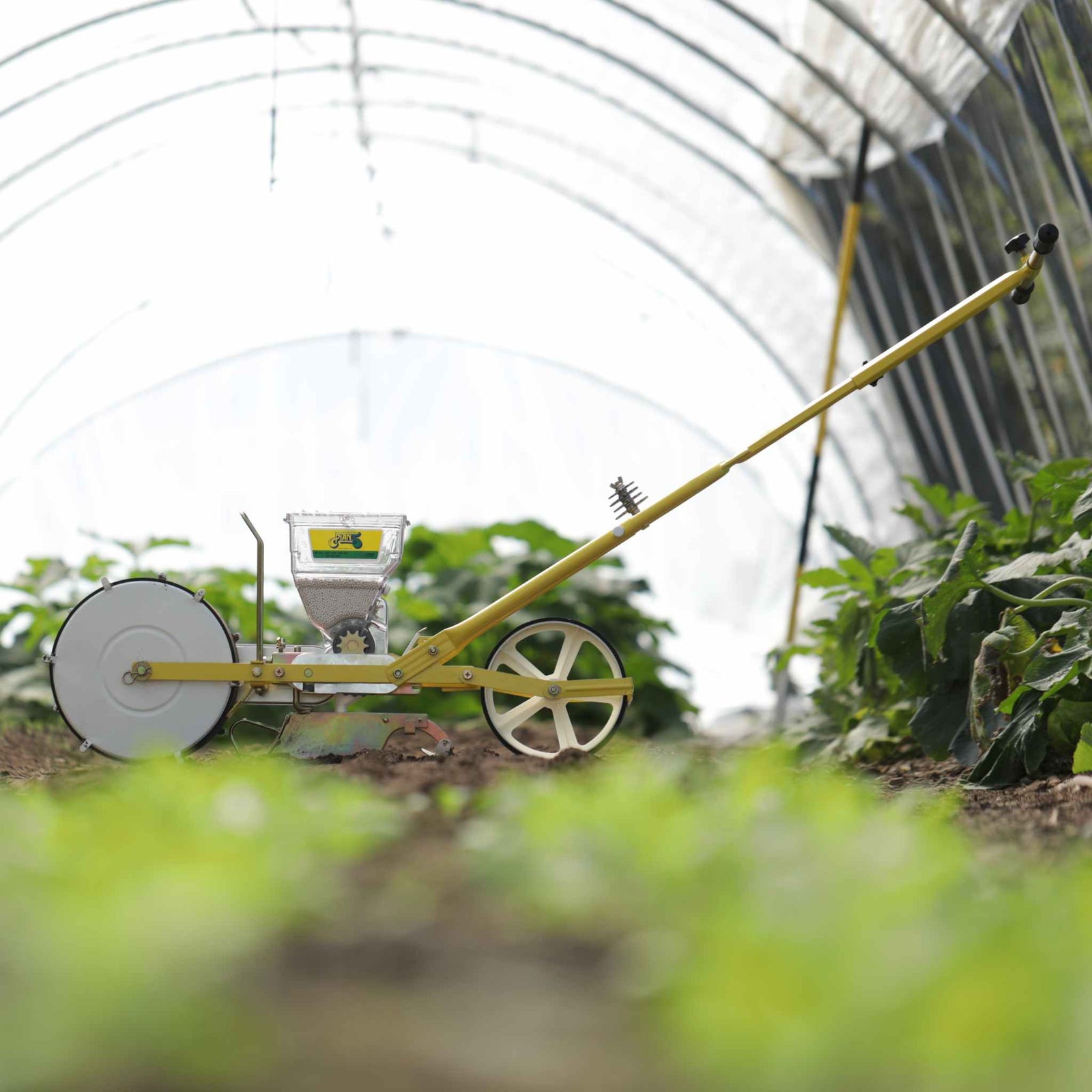
Jang Seeder 101
Learn how to get the most out of your new single-row hand-push JP1 Jang seeder with helpful tips from the experts at Bootstrap Farmer!
Jang Seeder 101
Recent Market Farming Articles
Produce Farming FAQs
-
Market gardens, which typically occupy an area of less than one acre and up to a few acres, are known for their diversity in crop production. This contrasts with larger-scale farming operations, which often focus on monoculture - the cultivation of a single crop over a large area.
The emphasis in market gardening is on direct sales to consumers, which can include on-farm stands, farmers markets, and other direct-to-consumer channels. This not only allows the farmer to capture a greater share of the retail price but also enables them to build relationships with their customers.
-
Jean-Martin Fortier's method of permanent raised bed farming takes a unique approach that promotes both efficiency and sustainability. The permanent raised beds, typically 4-6 inches above the ground and 30 inches wide, are designed to optimize equipment usage and reduce soil compaction, making it an ideal setup for biointensive farming.
-
Market gardens are usually less than one acre, but they can be up to several acres. The goal is to maximize yield and diversity of crops throughout the year.
Market gardeners often grow a range of fruits, vegetables, herbs, and sometimes even flowers, all of which are typically sold directly to consumers through avenues like farmers' markets, community-supported agriculture (CSA) programs, or even directly from their farm.













